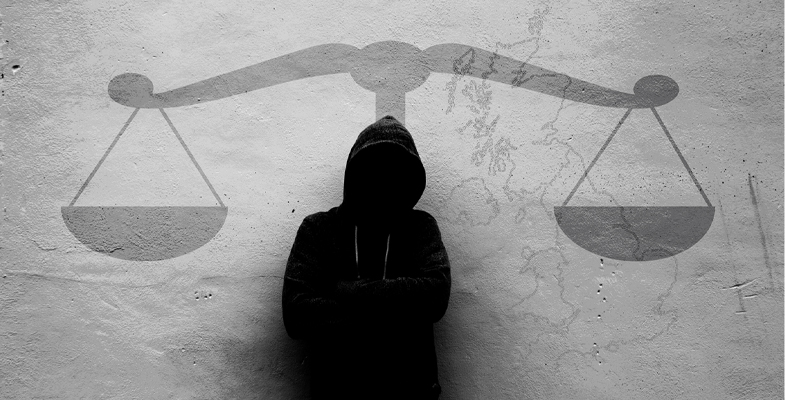4 Child-appropriate justice
The fourth principle of youth justice with integrity is that justice should be child-appropriate.
Because the criminal law allocates responsibility to individuals who must be held accountable for their actions, prosecuting children and young people in criminal courts will always involve a degree of ‘adultification’ (Goldson and Muncie, 2008). This assumes a degree of adult independence and maturity which is inappropriate to childhood.
However, it is almost inevitable that there will be some very rare and very serious cases involving children, where some form of intervention by the criminal law is necessary – history has shown that children will sometimes kill or commit dreadful acts of violence. In accordance with the diversionary principle, it is recommended that as few children as possible should be taken down the route of criminal prosecution. If they are prosecuted, and they are convicted of a terrible crime, the intensity and duration of the intervention should be limited to the minimum necessary to offer positive outcomes for the injured parties, victims or their relatives as well as for the child concerned.
People who study youth justice are often invited to compare the tragic cases of James Bulger and Silje Redergåard. James Bulger was two years old when he was killed by two 10 year old boys in Liverpool, England in 1993, and Silje Redergård from Trondheim, Norway was killed in 1994 by two six year olds when she was five years old (James and MacDougall, 2010). The differences between the responses to these cases are illuminating and reveal that other possibilities and other routes through tragedy and violence can be found. You will examine this in the next activity.
Activity _unit9.5.1 Activity 4 Children, serious crime and punishment – or something else
Read this article from the Guardian newspaper about what can be learned from the similarities and differences between the two cases. The article includes some upsetting details of the tragedies. If you are concerned these are likely trigger unsettling or unmanageable emotions, you may move to the next activity without reading the article.
When you’ve finished, ask yourself – as Silje’s mother does at the end of the article – which system is better, the Norwegian or the English? Make notes in the box and give your reasons.
The Norway town that forgave and forgot its child killers [Tip: hold Ctrl and click a link to open it in a new tab. (Hide tip)]
Discussion
The Guardian article makes clear that such awful incidents have consequences that cannot be easily overcome. The hurt and the bitterness lives on in the families of both victims.
The article also stresses the differences between the cases, and that each is unique to itself. The murder of James Bulger, the subsequent trial of the children who killed him, and the media coverage have become a significant milestone in English legal history and a troubling cultural landmark. For many it symbolises the flaws of the criminal prosecution of children. For some, at the time, the case appeared to symbolise a terrible and deep-seated anxiety about the state of the country. The children’s murderous actions were seen as somehow ‘typical’ rather than absolutely exceptional (Morrison, 1997; Warner, 1994).
In Norway, another route was taken and other meanings found in the tragedy. It did not reflect a nation’s unease and was treated as a terrible personal tragedy. The children remained beyond the reach of criminal justice and this approach is one preferred by those opposed to adultification and in favour of child-appropriate justice.
The four principles that are proposed here to constitute a youth justice system with integrity can also lead to a more radical proposal. You will look at this next, in the final section of this course.
